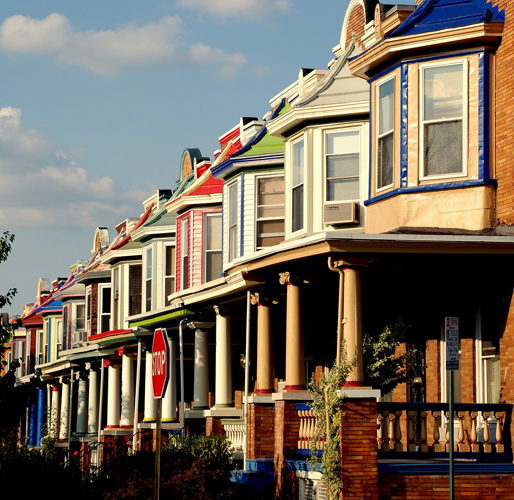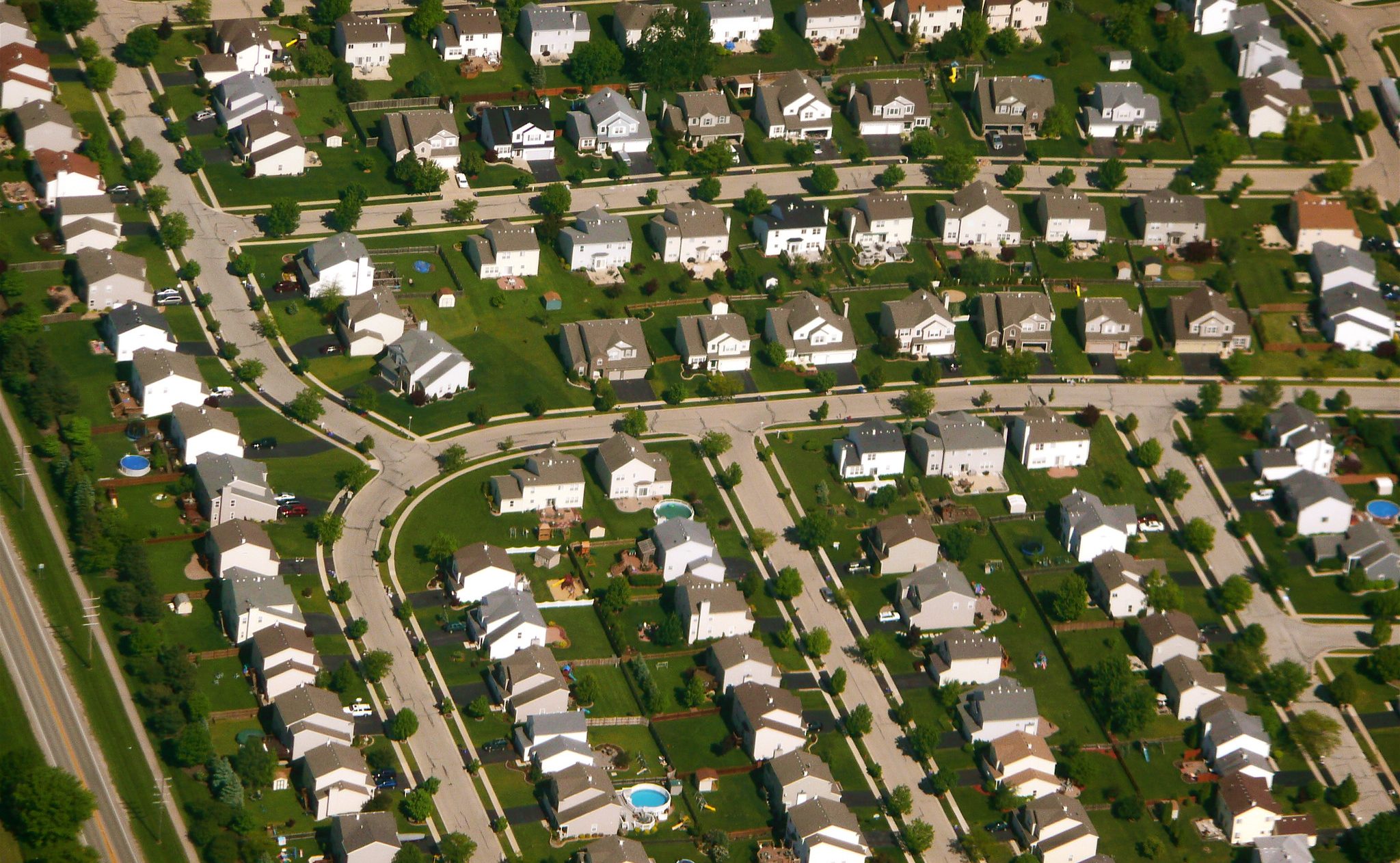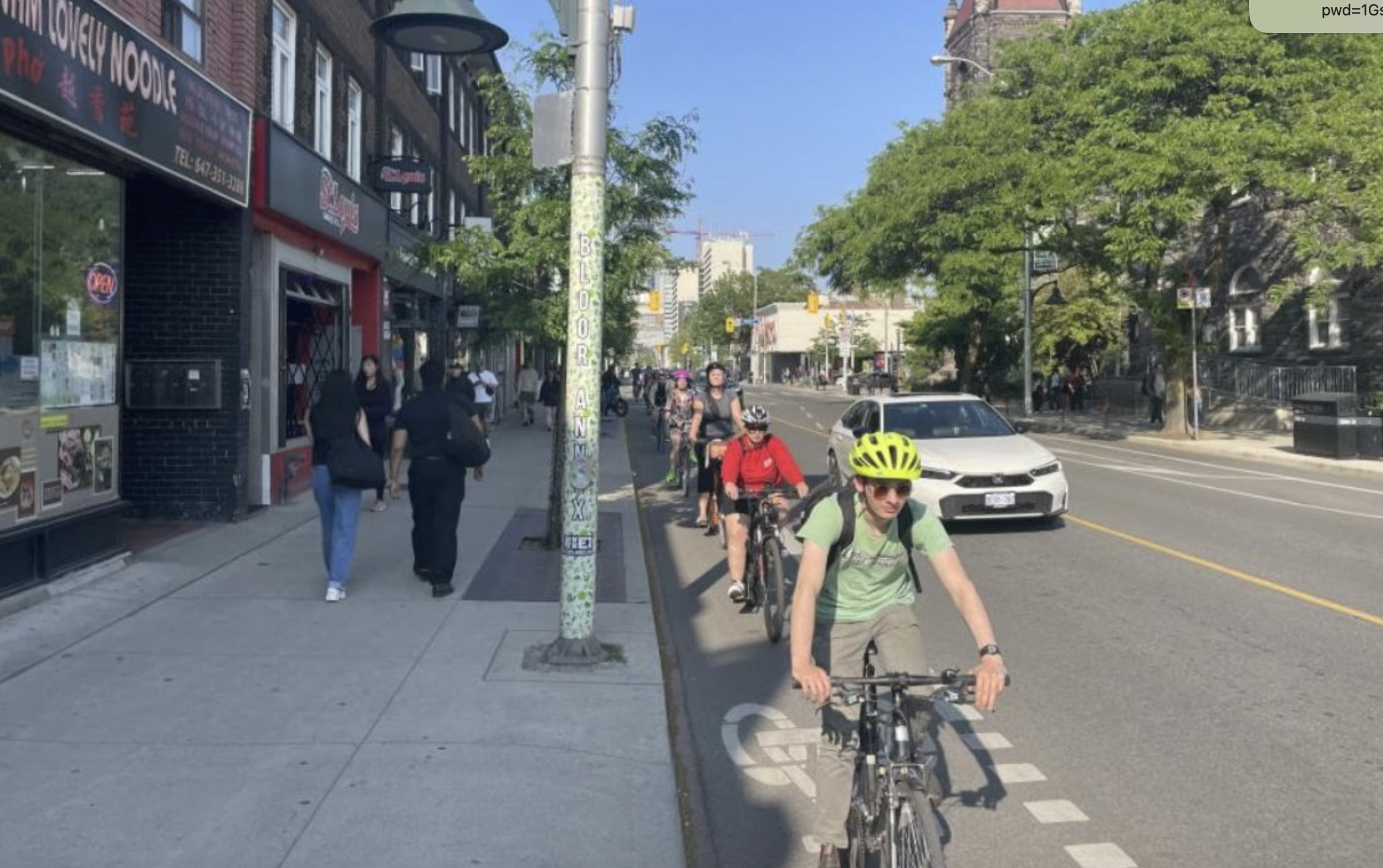This guest post was written by Abigail Gardner of Smart Growth America.
The Wall Street Journal yesterday posed the question of whether smart growth policies and land use restrictions were to blame for the housing boom and bust. The hypothesis comes from Wendell Cox, a long-time critic of smart growth, who, in a recent paper, recycled a specious argument that land use regulations caused housing prices to increase unsustainably, creating the real estate bubble and, eventually, the collapse of the housing market. Cox claims to show that differences in how metro areas regulated development explain the recent housing crisis.

Cox’s argument is full of holes. He examines a few cherry-picked cities while ignoring what happened nationally.
The irrationally exuberant housing market affected real estate prices in most of the country in the decade before 2006, with a pronounced increase after 2003. The only national variable that correlates clearly with this overwhelmingly national trend was the loosening of mortgage lending rules and Wall Street’s invention of new ways to profit from bad loans -- not land use restrictions.
In contrast to Cox’s hypothesis, rates of foreclosure correlate most strongly with the year a home was built. All other things being equal, newer neighborhoods – built during the boom and financed with non-traditional loans – have more bank-owned homes now. In other words, areas that pulled out all the stops on new development suffered more than those that took a more measured approach. Rather than impacting neighborhoods that built according to smart growth strategies, the foreclosure crisis is now a much bigger problem for peripheral suburbs that sacrificed quality and access to jobs in exchange for more taxable properties.
As Chris Leinberger, fellow at Brookings and president of Smart Growth America’s LOCUS project, told the WSJ, the price decline on the “drivable fringe” was generally twice as bad during the crash, “and it was that part of the market that is the least regulated.” Walkable, compact neighborhoods essentially “held their value, thank you very much,” he said.
Communities that developed more along the lines of sprawl than smart growth are struggling to recover from the housing crisis. Recent census data show suburban growth is slowing for the first time in decades, and it’s not just the housing crisis that’s to blame. Neighborhoods without transportation choices and located far from employment centers are less attractive to home buyers and are suffering more in the downturn. Desperate developers in the far-flung exurbs are having to include free cars with home purchases in empty neighborhoods, but it's getting harder to persuade potential homeowners to commute 60 miles each way to work. Consumers increasingly understand that buying a home with a long, car-dependent commute -- especially when gas prices are hitting record highs -- can lock a household into an ongoing expense that can blow up their budget.
Smart growth neighborhoods, by contrast, offer insurance against foreclosure and can reduce the combined cost of housing and transportation. Due to consistent demand for walkable neighborhoods with a mix of uses and good access to jobs and public transportation, homes in these neighborhoods are much easier to sell and
tend to hold their value. Places that invest in smart growth principles not only survived the housing crisis better, they protect their residents against spiking fuel prices as well. That is good for the homeowners in these communities as well as their local economies, and that’s news we think the Wall Street Journal should be pretty excited about.





